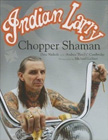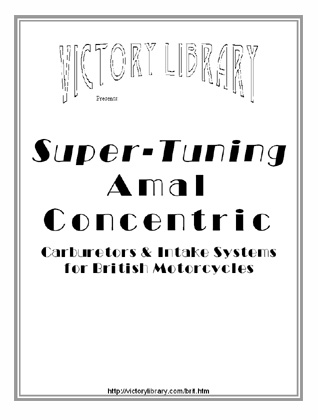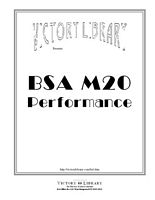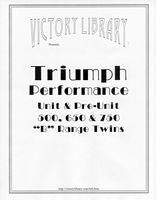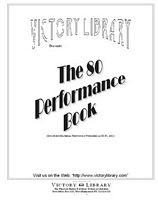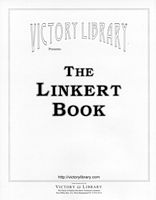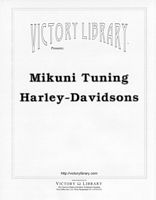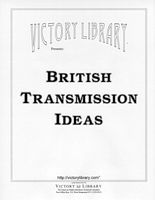|
|  |
Here I will make various observations and comments on how the chassis, swing-arm, forks, brakes &c. function, and in some cases how to diagnose minor faults and make improvements. New material will be added regularly, and eventually better organized. Click below to jump directly to an individual topic. |
Material & supplies
Mild DOM or ERW steel round tubing is sufficient for both a swing-arm brace or new cross-tube. This is easy to find, inexpensive, and (despite what you may have read) carries no weight penalty vs. 4130 etc. since stiffness is the desired characteristic rather than strength, and all steels are virtually identical in this respect.
The range of sizes is governed by the diameter of the original chassis or swing-arm; typically these range between 20mm (.787”) and 1-1/4” (32mm) and is proportionate to the chassis weight, engine power, and the unsupported span length of the swing-arm.
The range of original wall thickness is generally between 1.5mm (.059”, 16 gauge) and 3mm (.120”, 11 gauge). I suggest using tubing no thinner than 18 gauge (.049”, 1.25mm) or thicker than .090” (2.25mm) except under unusual circumstances.
For ease of welding the diameter of a brace should be the same as, or slightly less than that of the original component, and with the same or slightly less wall thickness. A reduced size is cosmetically pleasing, although more difficult to inlet for fit, and to finish grind for powder coat or paint.
If the wall thickness of the brace is significantly different than the original piece to be modified welding penetration and selection of the proper amperage becomes more critical, since the point of fusion will not be the same in both sections.
The same rules hold true for struts connecting a brace to the swing-arm, except that these are much shorter and can be smaller. The sizes range from 5/8” (AHRMA legal brace) up to the full main arm diameter.
A 2 foot length of 3/4” OD tube is generally sufficient to make all the struts needed for an average swing-arm, since the lengths taper down from about the new depth at the pivot tube, to about half that distance at mid-span 4”, to only 1” at the axle end. Remember to add the diameter to the length to allow for necessary inletting. For example, a 1” strut connecting tubes 6” apart should be cut to 1” (its own diameter) + 6” (the open space) = 7”. This will be either very close (where the diameters of the tubes and the strut are identical), fairly close (where the diameters of the tubes and the strut are very similar), or safe with extra material (where the strut is substantially smaller than at least one tube).
Tools
The key to any welding is immaculate fit at the point of attachment. The intersecting 3-dimensional shapes require accurate inletting to make 100% contact with no weld used to bridge the gaps. A “Joint Jigger” or similar tool is very useful here.
Silver (hard) solder is perfectly acceptable to join these components, but the expertise required is high and not to be acquired quickly.
A jig or fixture is a necessity to align the components, and to prevent distortion during and after welding. The main rail must be very stout, “I” beam or a section of railroad track is a good choice, and it need not be machined flat etc. as long as the actual clamping plates and bars are exactly parallel etc. The main rail can be clamped to any strong table but should be leveled to insure the same results every time.
The preferred method for aligning the pivot tube and axle end is a steel shaft with hardened cones sliding on its OD to align bearings or the ID of a tube without regard to any exterior fittings or surface irregularities.
Components will be heated where welded, of course, but will air-cool proportionate to their surface area (not their weight or thickness), so large diameter thin tubes cool very quickly and small thick struts much more slowly. This produces local distortion, warping, and stress. Shops equipped with a large oven may find it useful to attach a handle at each end of the jig, above the center of gravity with the component in place, to place the jig in the pre-heated oven to improve weld penetration without additional amperage. After welding the entire jig is replaced in the oven, and the temperature is gradually reduced over many hours to minimize prevent distortion. If slight bending in a press is needed for alignment, another heat should be made to reduce stress again, etc.
|
|


